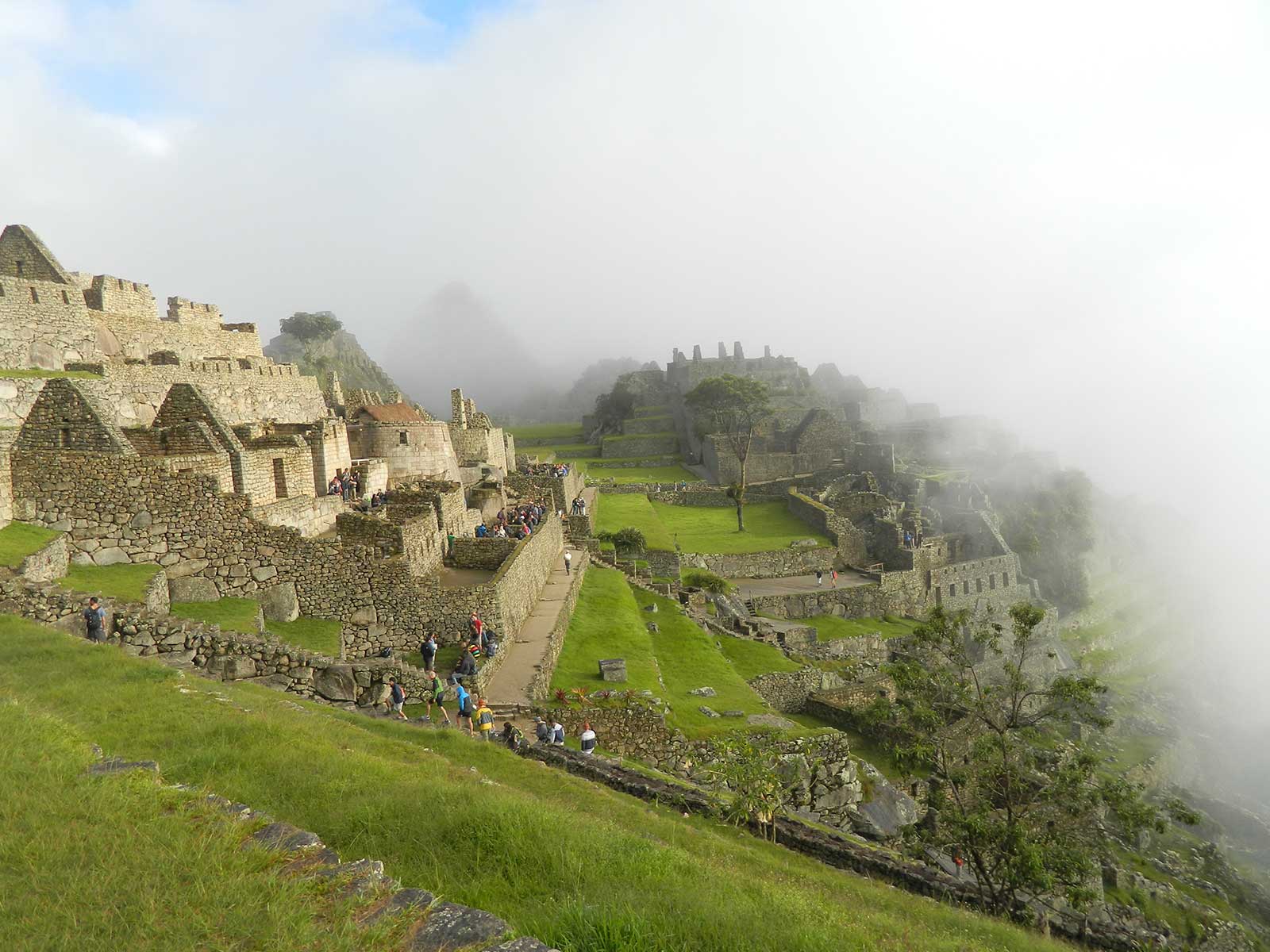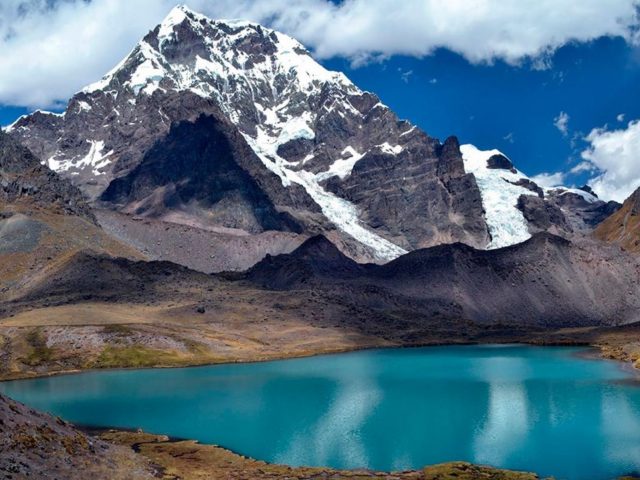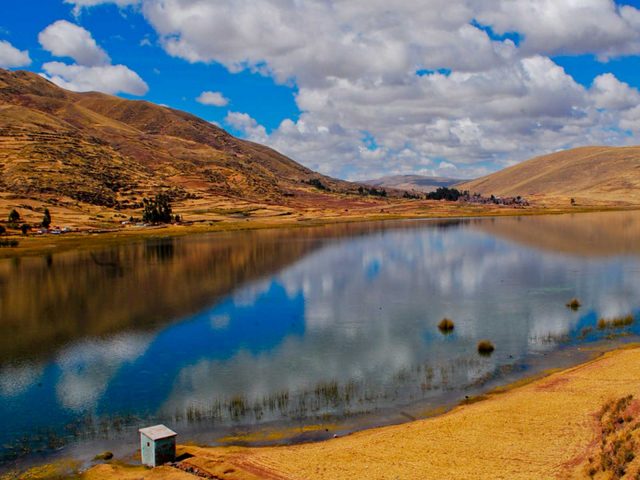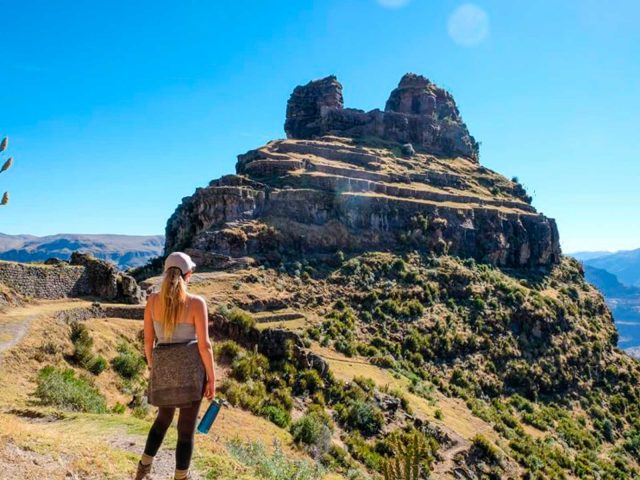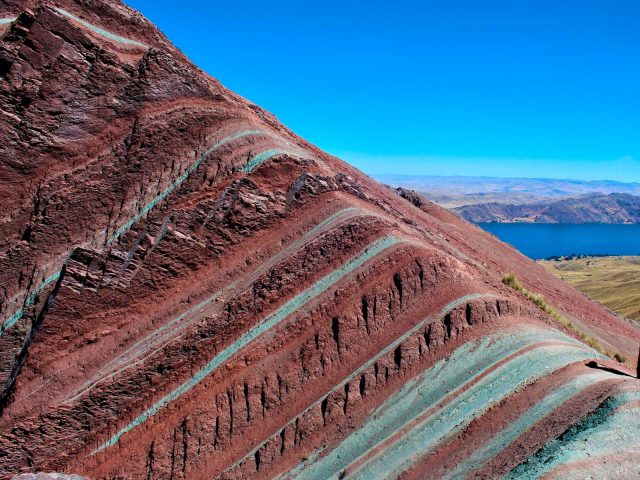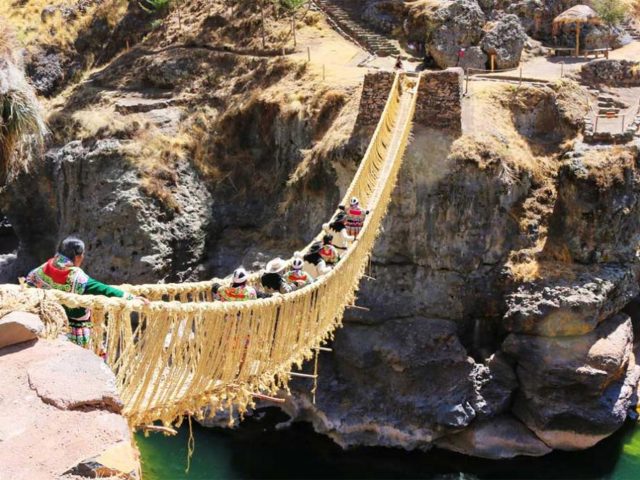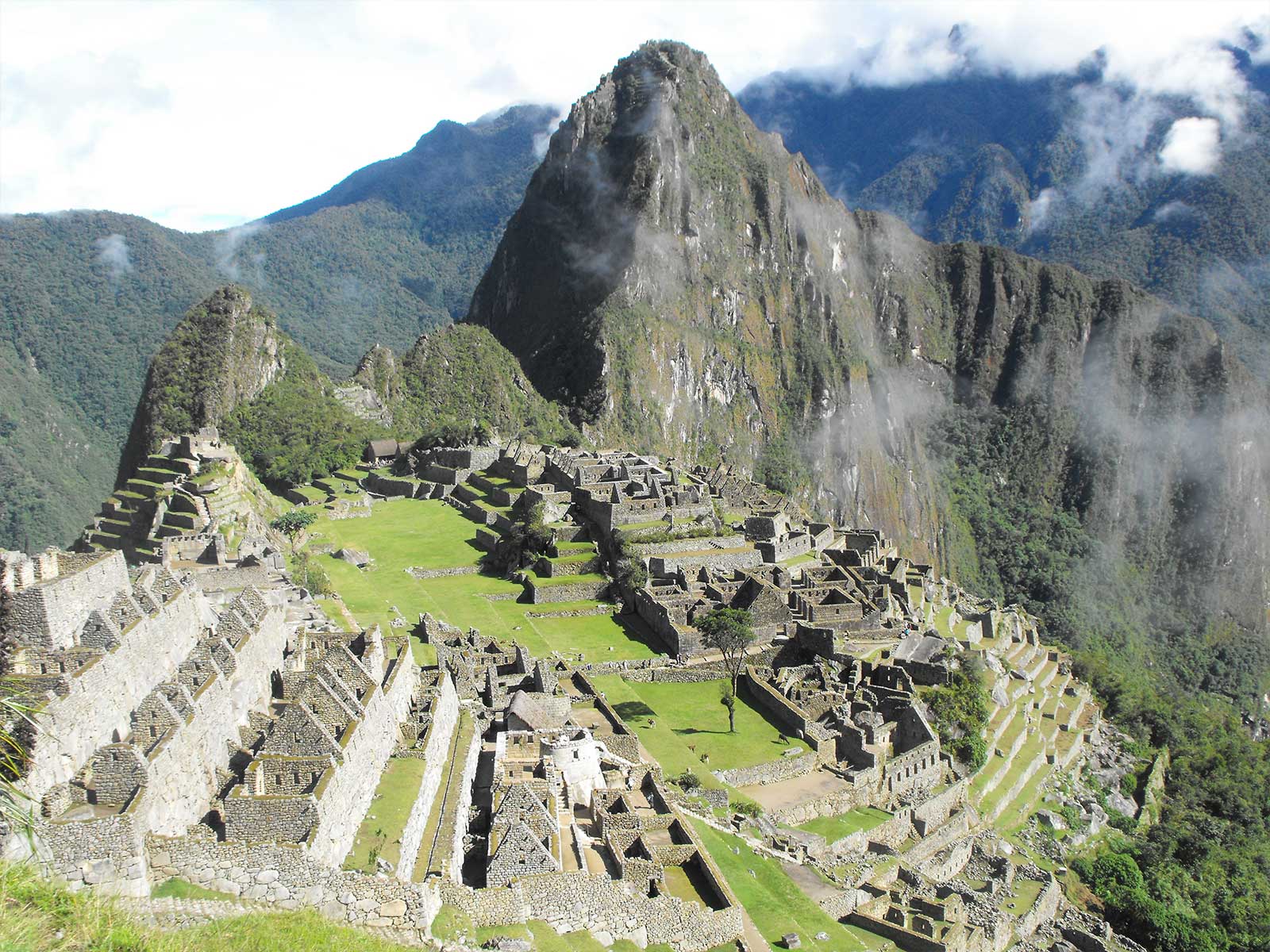Today no one doubts that Peru is one of the most megadiverse countries on the planet. According to statistics from the System of Natural Areas Protected by the State (SINANPE), Peru has 158 protected natural areas, covering almost 20% of the national territory.
The country also has 28 different climates as well as 84 of the 104 microclimates that exist in the world, which is all the more reason for each natural reserve to be extremely different from the other. In some areas we can find an incredible variety of flora and fauna while in others, we will discover some of the most beautiful peaks on the planet.
The following list of the ten most visited protected areas during 2017 has been elaborated by the National Service of Natural Areas Protected by the State (SERNAMP).
Machu Picchu
The well-known wonder of the modern world had 1.4 million visitors last year, with a 7% increase in the arrival of foreign tourists compared to a similar period in 2016.
The institution also highlights that in the Historic Sanctuary of Machu Picchu we can not only be enraptured by its Inca architecture, but we can also appreciate different species of birds such as the golden-headed quetzal or the cock of the rock (national emblem of Peru), as well as 18 different types of hummingbirds and exotic native orchids.
Ballestas Islands National Reserve
This marine sanctuary was the second most visited protected natural area in Peru, receiving 388,533 tourists in 2017, more than half of whom were nationals. Visitors to the Ballestas Islands will be able to learn more about guano and what it represented for the country in economic terms during the 19th century.
Visitors will observe the thousands of guano birds that swirl around the islands, and will even be able to swim with sea lions, one of the greatest tourist spectacles one can imagine in the coastal zone of the country.
Paracas National Reserve
Very close to our previous protected area we have one of the favorite destinations for the locals for its natural beauty and the marine fauna and flora that treasure its coasts. Last year the Paracas Reserve received 354 thousand visitors, 26 thousand more compared to the same period in 2016.
Its value lies in the protection of a great biological diversity indispensable for the maintenance of diverse biological cycles that guarantee the conservation of species, just as it generates economic income for thousands of inhabitants.
There are 1,543 species of mammals, birds, fish, and reptiles. Within the reserve we find the “Northern Circuit” with 12 points for the enjoyment of the desert landscape of huge dunes, cold waters of the Pacific, and the practice of some adventure sports such as paragliding or diving.
Huascaran National Park
If what you like is trekking and ancestral cultures without a doubt this is the natural protected area you were looking for. Last 2017 it received 283 thousand visitors, but it was the visit of foreigners that reported the highest growth with 29% compared to 2016.
Huascarán National Park is also getting ready for the high season, once the rainy season is over. With the so-called “dry season”, visitors can hike and “camping”, to have direct contact with the largest tropical mountain range in the world, where there is a wealth of flora and fauna, geological formations, snow-capped mountains and unique natural landscapes.
In its interior we will find one of the jewels for mountaineering lovers, the snow-capped Alpamayo (5,947 masl), which the locals call the “most beautiful in the world”, or the Huascarán (6,768 masl) – sadly remembered for the flood that buried the city of Yungay in 1970. The park is also a must to access Chavín de Huántar, where one of the most fascinating civilizations of the Formative period in Peru (1400 B.C. – 400 A.D.) developed.
Titicaca National Reserve
Yes, Lake Titicaca is home to an important ecological reserve for the world that last year received 194,695 visitors. Of this total, the number of domestic visitors grew 11% over 2016.
The Titicaca National Reserve conserves a great biodiversity, supports the socioeconomic development of the Puno region and maintains the cultural traditions of the communities that inhabit the main tourist islands: Uros, Taquile and Amantani.
The entire Peruvian side of Lake Titicaca has been recognized by the Ramsar Convention on January 20, 1997, as a Wetland of International Importance, especially as a habitat for waterfowl.
Historical Sanctuary of the Pampa of Ayacucho
This Sanctuary was the scenario where the famous Battle of Ayacucho took place on December 9, 1824 against the Spanish royalist troops, in what was the last great confrontation of the Spanish-American wars of independence. On the same day the Capitulation of Ayacucho was signed between Chief of Staff José de Canterac and General Antonio José Sucre.
This historical place for the American independence received 147,397 visitors last year and its objective is to guarantee the conservation of the flora and fauna found in the territorial area and the historical natural patrimony.
The Sanctuary is located on an elevated plain at an altitude of 3,350 meters above sea level. Due to its privileged geographic location, it is a natural viewpoint from where you can observe the landscapes of the Ayacucho countryside.
Tingo María National Park
According to Promperú figures, 91,383 were the visitors who came to this beautiful reserve during 2017, 1,600 additional visits compared to the previous year. The “Home of Sleeping Beauty”, as this National Park is also known enjoys a beautiful landscape that invites you to visit it.
Going into its lush vegetation with subway caverns such as the famous Cueva de las Lechuzas (Cave of the Owls) will be an experience that no visitor will forget. There are also other sectors with different activities such as Tres de Mayo, Juan San Atahualpa and Quinceañera Waterfall.
This adventure is accompanied by trekking of low difficulty, observation of stalactites and stalagmites, sighting of millenary rock formations and a visit to the Gloriapata waterfall where you can see the cock of the rock in its natural habitat.
Lachay National Reserve
Last year, Lachay received 56,901 visitors, with July being the month with the highest number of visitors. Its name comes from the Quechua word “llachu”, which means “place covered in mist”.
Lachay is an ecosystem based on the fog that comes from the Pacific Ocean, with native vegetation and fauna of remarkable importance, which gives it special scientific and cultural significance. If we want to observe its flowers we should visit the place between September and October.
In this extensive National Reserve you can see migratory birds, such as the peregrine falcon and mammals, such as the tender coastal fox. Inside the reserve there is a circuit of pedestrian paths available to visitors.
Tambopata National Reserve
This popular protected natural area in the department of Madre de Dios received 55,142 visitors last year. Of this total, 84% of the visits were made by foreigners attracted by the reserve’s great biodiversity.
Tambopata is a natural paradise that every national or foreign tourist and nature lover should visit. This natural protected area is located south of the Madre de Dios River, between the Tambopata and Inambari districts of the Tambopata province.
The Tambopata river basin is a privileged space, because it is home to one of the highest rates of biological diversity on the planet. This natural protected area also stands out for its colorful presence of macaws, which offer a multicolored spectacle to the lucky visitors, especially in El Chuncho clay lick.
Huayllay National Sanctuary
This sanctuary is considered one of the best geological museums in the world for its impressive geoglyphs that were visited by 45,661 tourists last year.
This national protected area of 6,815 hectares is located in the district of Huayllay, Pasco, at an altitude between 4,100 and 4,600 masl. Up to 90% of the rock formations found in the area are of volcanic origin, which form a “forest of rocks” of great beauty and uniqueness.
Between the imposing rocks are found bofedales and puquiales that guarantee the presence of a unique fauna in the place.
There are some other National Reserves that perhaps should be on this list but are more unknown to tourists, such as the Amazonian reserves of Manu or Pacaya Samiria, known as the jungle of mirrors. Places that should not be missed.

